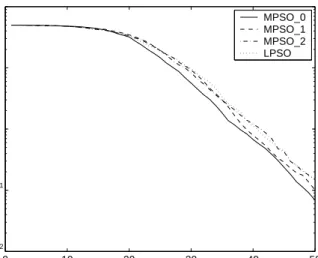A memetic particle swarm optimisation algorithm for dynamic multi-modal optimisation problems
Full text
Figure
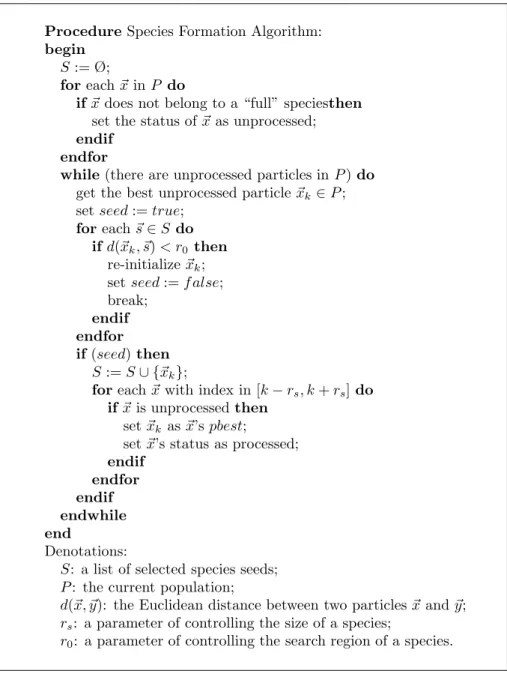
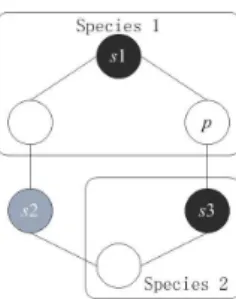
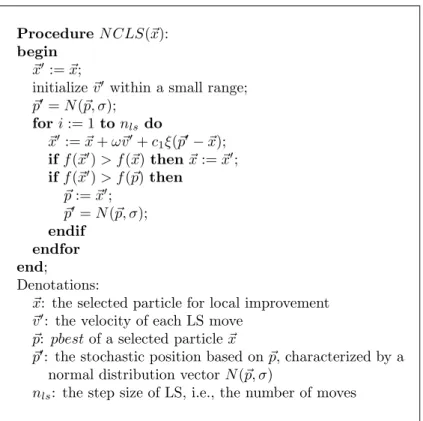
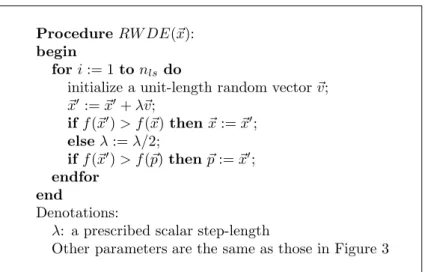
Related documents
The Assessment of Student Learning task illustrates how you diagnose student learning needs through your analysis of student work samples. It provides evidence of your ability to
basins obtained from the analysis results. The width of each river basin is known and is shown below. Table 1 shows that the Bumiaji sub district is divided into five
This paper examines the transmission of monetary policy in Switzerland using a structural cointegrated VAR model that includes real money, real output, a long and short-term
In this work we measure social surplus as the sum of consumer (buyers of houses) surplus, producer (housing developers) surplus and revenue obtained by the local regulator from
The concept of smart buildings has become very popular, especially for citizens who use their mobile phones while communicating [12]. For instance, the NomaBlue prototype,
As Library and Information Science (LIS) education moves into the 21st century changing society where changes occur due to the emergence and advancement in Information
Overall in this section, we find results consistent with our hypotheses that the cost of equity is lower for tax avoidance firms with better outside monitoring, firms that
Considering the surfeit of pitfalls associated with the lack of transparency in nonprofit organizations, and the apparent number of boards of national
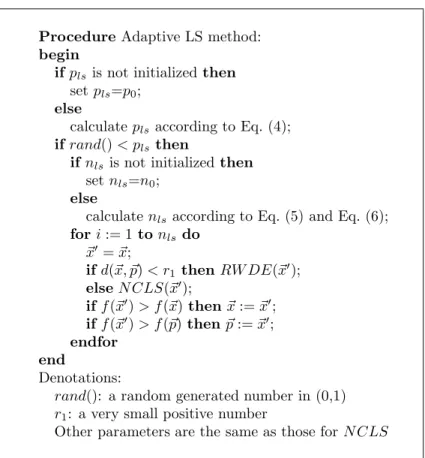
![Table 1: Default setting for the MPB problem parameter value no of peaks (m) 10 no of dimensions (n) 5 change frequency/period (U ) 5000 shift length (s) 1.0 correlation coefficient (λ) 0 height severity 7.0 width severity 1.0 H [30.0,70.0] W [1.0,12.0] S](https://thumb-us.123doks.com/thumbv2/123dok_us/805972.2601888/12.892.309.605.173.395/default-parameter-dimensions-frequency-correlation-coefficient-severity-severity.webp)
